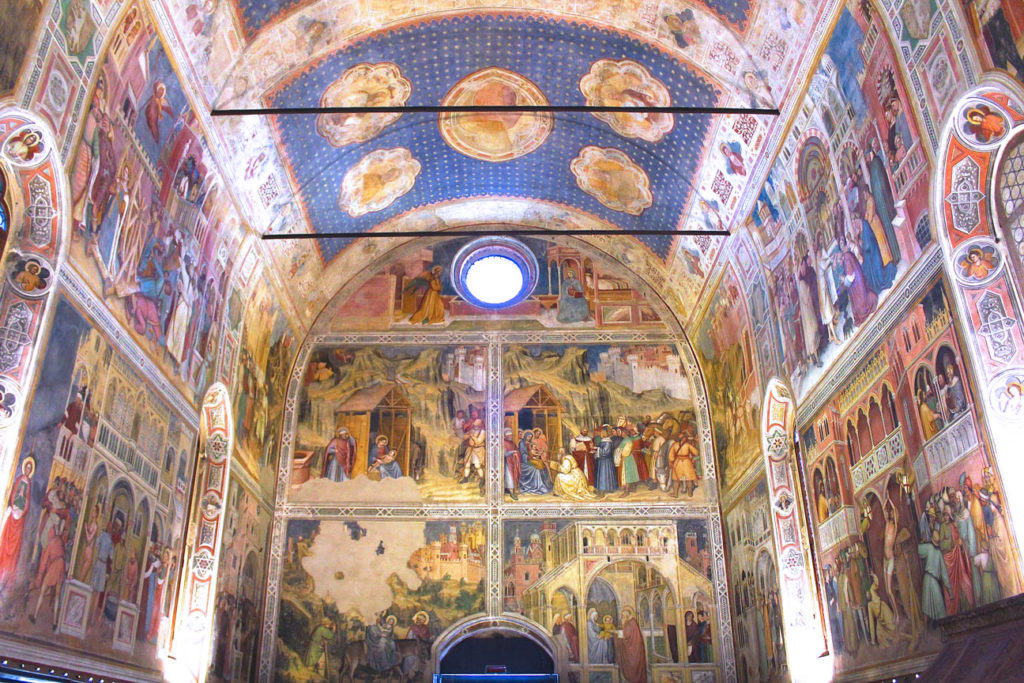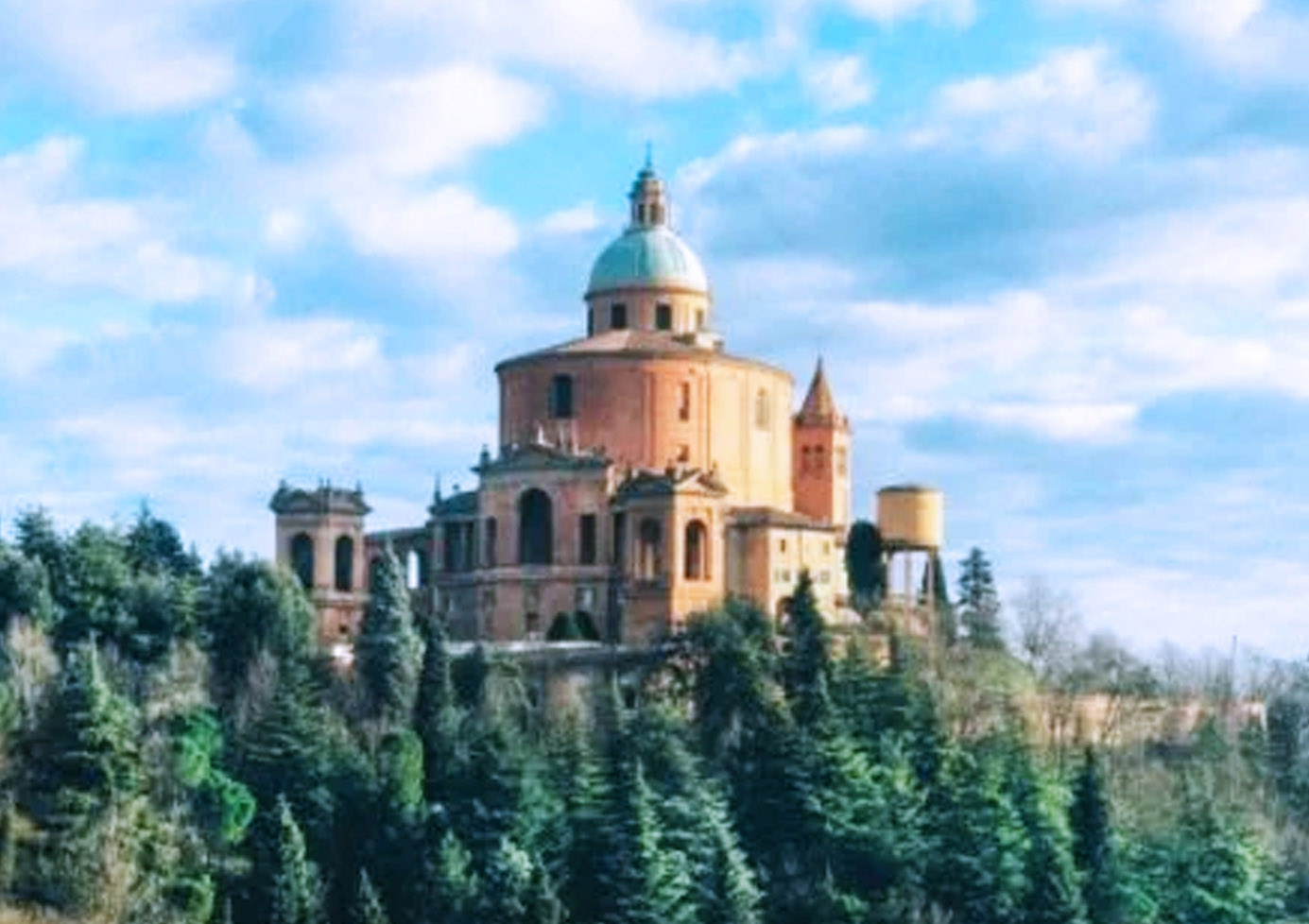The highly anticipated naming of the frescoes in the northern Italian city of Padua to the UNESCO list of World Heritage Sites was cause for celebration through the country. But on the heels of the announcement, Tuscany’s Montecatini Terme was announced as an inclusion within the new UNESCO site called the Great Spas of Europe. Only four days later came the news that the Porticoes of Bologna were also added to the UNESCO list, bringing the total number of sites in Italy to 58, which leads the world. There are an additional 12 Italian Cultural Heritage inscriptions, such as the Art of Neapolitan ‘Pizzaiuolo’ and the Traditional Violin Craftsmanship in Cremona.
‘Padova Urbs Picta’ is the name of the UNESCO inscription for a site that comprises religious and secular buildings hosting a selection of fresco cycles painted by various artists between 1302 and 1397. These include the precious large frescoes preserved in eight buildings and monumental complexes of the city. The locations of the frescoes are in the Scrovegni Chapel, the Church of Santi Filippo e Giacomo ai Eremitani, the Palazzo della Ragione, the Chapel of the Carrarese Palace, the Baptistery of the Cathedral, the Basilica and the Convent of Sant’Antonio, the Oratory of San Giorgio and the Oratory of San Michele. During the High Middle Ages, some of the most extraordinary artists of the time frescoed the walls of these places, including Giotto, who created his renowned masterpiece of frescoes in the Scrovegni Chapel, which are considered to have marked the beginning of a revolutionary development in the history of mural painting. The other artists whose frescoes were included are Guariento di Arpo, Giusto de ‘Menabuoi, Altichiero da Zevio, Jacopo Avanzi and Jacopo da Verona.

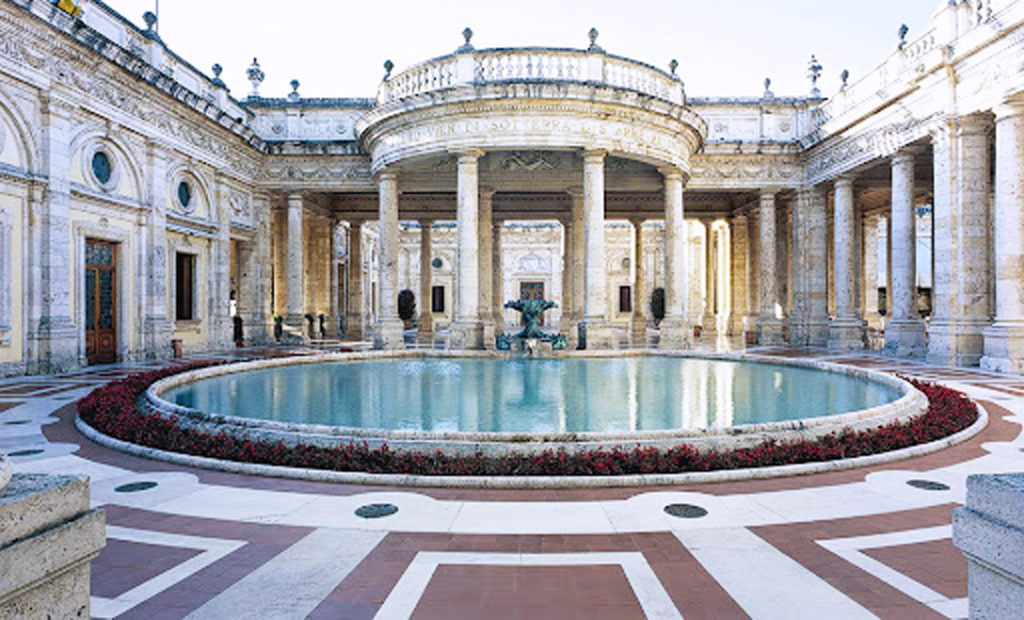
Despite the time span and different artists involved, UNESCO described the fresco cycles as maintaining a unity of style and content, illustrating how, over the course of a century, fresco art developed along a new creative impetus and understanding of spatial representation. Padua’s UNESCO path began two decades ago and according to the city’s council, “Padua has demonstrated that in the 14th century it was an important art capital. This recognition from UNESCO will have for sure a deep impact on the tourist flows and also on its international image.”
“Receiving this recognition brings us great joy and also great responsibility towards the whole world. These frescoes are part of the identity of the city and the people of Padua are proud of this asset, which will now be shared with the world. For us, this prestigious recognition today marks the start of a new commitment to the world,” said Padua’s Mayor Sergio Giordani.
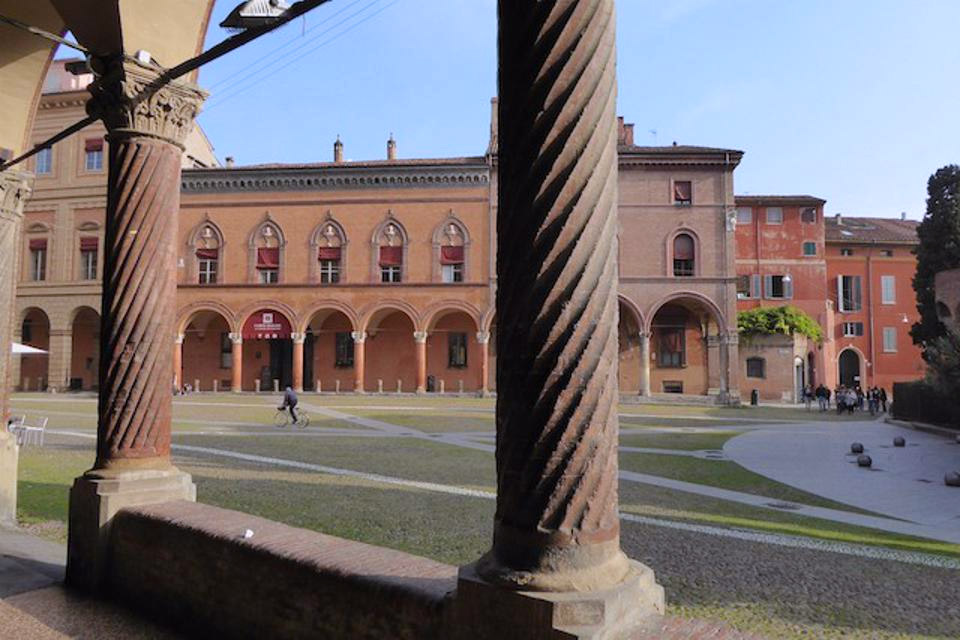
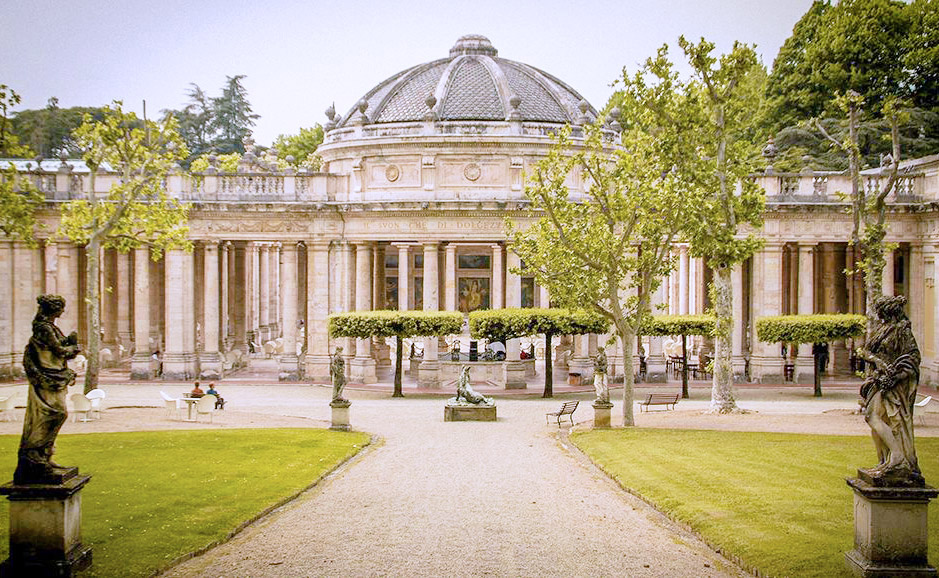
In addition to Padua, Italy secured UNESCO recognition as part of ‘The Great Spa Towns of Europe,’ a new transnational site that includes Montecatini Terme in the Tuscany region. The list comprises eleven towns, located in seven European countries. All of these towns developed around natural mineral water springs and were at the forefront of the international European spa culture that developed from the early 18th century. It is notable that in the city of Bath, England, its name derives from the days of the the original Roman baths.
The mineral water springs led to the emergence of grand international resorts with spa buildings dedicated to numerous therapies, with colonnades and galleries designed to harness the water resources for bathing and drinking. The resort facilities also include gardens, theatres, hotels and villas, integrated into a carefully managed recreational and therapeutic environment, set within a picturesque landscape. Together, these sites embody the significant interchange of human values with developments in medicine, science and balneology, the study of therapeutic bathing and medicinal springs.


Italy is a country rich in thermal springs and Montecatini Terme has had a long and distinguished role in the recognition of the medical properties of mineral water. Attracting important intellectuals and artists such as Verdi, Puccini and Leoncavallo, it also represents one of the last of the major great spas to be built. It was during an ambitious project in the late 18th century that the original small spa was transformed into a major resort. To this day, it features monumental spa architecture, centered on four principal springs, dotted in what has been described as a jewel-like oasis of gardens, formal parkland and promenades. The image of greenery continues through pine trees and terraced olive groves. Its historic funicular railway ascends the steep mountainside crowned by Montecatini Alto, which is the focal point of the Viale Verdi, the main boulevard and central axis of the modern spa. With its eclectic style, punctuated with Liberty architecture, Montecatini Terme continues to serve as a center for balneotherapy treatment.
The third of the newest Italian UNESCO honors, the Porticoes of Bologna, is the first World Heritage Site in the city that blends Medieval history and architecture with contemporary sensibilities. Many Italians and visitors consider Bologna among the most beautiful cities in Italy. The porticoes stretch for over 25 miles around the city and are one of the northern Italian city’s unique characteristics. Their history goes back to 1100, when the growth of the city’s university led to the need for new urban spaces. The porticoes are areas where people socialize and merchants sell their wares, creating an open-air salon and a symbol of Bologna’s hospitality.
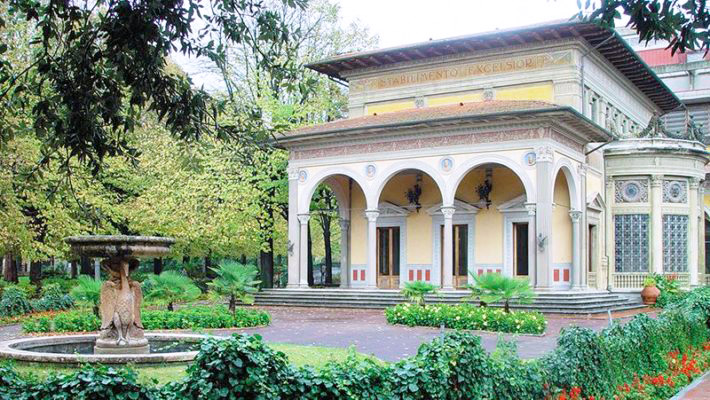
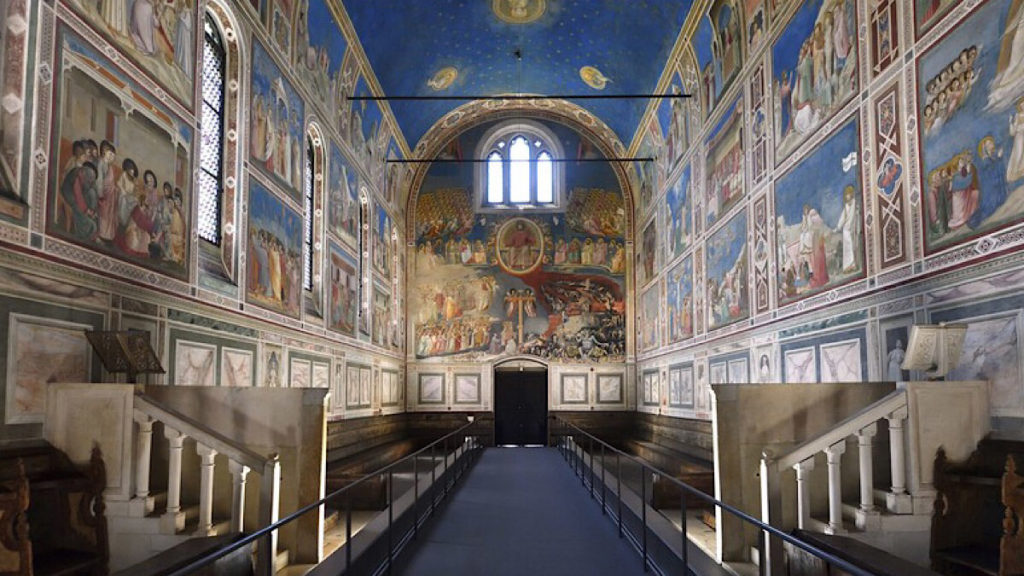
Constructed between the 11th to 20th centuries, these iconic structures offer an excellent visual representation of Bologna’s rich history. Each portico has its own character, reflecting the diversity of styles and materials used over different eras. Made from wood, stone, brick or in more recent times, reinforced concrete, they cover streets, squares, passages and sidewalks. Acting as a shelter against the sun or rain, for centuries they welcomed merchants’ stalls and craftsmen’s workshops. Like many of the impressive palazzos, museums, municipal buildings and the two leaning towers located near Piazza Maggiore, the porticoes bear witness to the city’s longstanding commitment to historic preservation and restoration.
Prizzi’s ‘Dance of the Devils’
Some of the first porticoes were built to add square footage to dwellings without the inhabitants having to pay taxes, as would be the case if adding additional floors. Because the structures jutted out over the street, the space was not included in tax calculations. The additional living space became an asset for Bologna, where millions of students have flocked since the founding in 1088 of its university, the oldest in the world. Another harbinger of change were new laws in the 1500s that prohibited the building of wooden porticoes, so the ones built of brick and stone proliferated. The longest covered walkway in the world is the portico that leads to Bologna’s Sanctuary of the Madonna of San Luca, a Basilica sitting high above the city. The portico is nearly 2.5 miles long and contains 664 arches. The new classification is “an immense satisfaction and a great recognition that makes us happy,” said Bologna’s Mayor, Virginio Merola.
Italian Culture Minister Dario Franceschini hailed the latest recognitions by UNESCO as “a record that strengthens Italy’s cultural leadership and reaffirms the vastness of our cultural heritage.”
